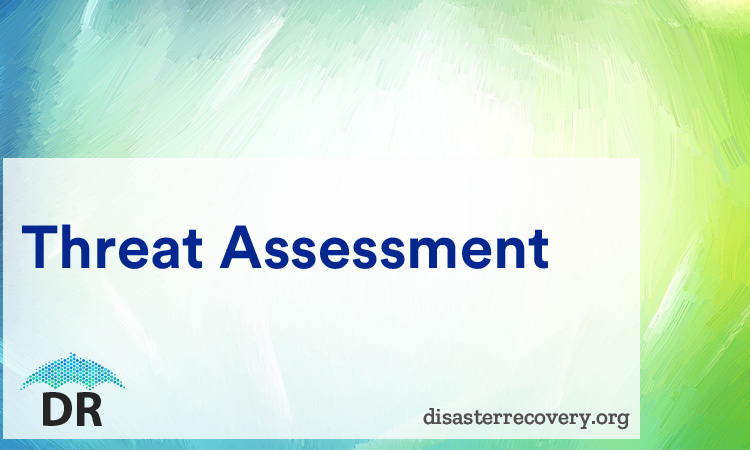Businesses are always vulnerable to numerous factors that threaten to disrupt operations. Such impediments to commercial activity can affect organizational efficiency and productivity. Threats are those elements that have the potential to exploit an enterprise’s vulnerabilities. They don’t always lead to damage or loss. But when they do, recovery tends to be a slow and long drawn process that can negatively impact the financial health of the company and the morale of its workforce.
Threat Assessment

All threats don’t have the same potential to harm business interests. An effective threat assessment plan allows commercial entities to categorize different threats based on their unique set of characteristics. This in turn helps in efficient planning and optimized solutions that help resolving threats.
Need for Threat Assessment
The need for a threat assessment depends largely on the type of business an organization is engaged in and the specific industry to which it pertains. Nevertheless, three of the main objectives of any threat assessment exercise have been listed below:
- Not all threats are the same: Every threat to the smooth functioning of a business comes with a unique set of characteristics. Even the same threat can negatively impact an organization in varying degrees depending on the timing of its occurrence. The potential threat can be more when business activity is at its peak or less when operations are relatively less. Threat assessment helps identify a potential threat based on the possible impact it can have on operations.
- Prerequisite for threat solutions: Threat assessment is the first step towards creating a comprehensive solution that resolves threats. Preventing a business entity’s vulnerabilities from being exploited involves analyzing requirements in terms of budget, resources and infrastructure necessary to deal with the problem in a decisive manner.
- Threat Assessment saves costs. Resolving threats cost money. A carefully researched threat assessment report saves an organization unnecessary expenditure that could be better utilized to address critical concerns first without wasting time, effort and expenditure on problems of lesser value.
Threat Assessment Overview
Any threat assessment plan has three main phases.
- Classification: This is the first stage of creating a threat assessment plan in which an identified threat is categorized based on the extent to which it can hamper business operations. Not all threats impact the entire business unit. Different threats affect different areas of business operations. Threats are prioritized based on the criticality of the operations they affect.
- Threat Solution: A decisive solution that addresses a threat to business is chalked out in this phase. Solutions can range from elementary or temporary arrangements all the way to highly complex and elaborate measures that incur substantial costs depending on the type of threat (natural/environmental, human error related, infrastructure related or IT/Systems specific) being dealt with.
- Requirement Analysis: In this stage, the resources needed to execute the threat solution process and address each threat based on its unique set of characteristics are identified. This includes:
- Assets, systems and infrastructure that support threat resolution processes.
- Personnel who have the relevant training and skills to execute established threat resolution strategies.
Benefits of Threat Assessment
A comprehensive threat assessment plan can benefit a business entity enormously. Some of the main advantages have been highlighted below:
A comprehensive threat assessment plan can benefit a business entity enormously. Some of the main advantages have been highlighted below:
- Saves Money: Any threat assessment plan accurately tells a company’s management how to allocate its resources for the various threat factors.
- Better Threat Solutions: Solutions to threats begin with understanding their innate characteristics. A comprehensive threat solution is impossible without a thorough understanding of a given threat and how it can impede operations.
- Business Efficiency: Good threat assessment indirectly improves business efficiency and employee productivity. Organizations are better prepared to meet their deadlines and achieve their targets once they are fully aware of all the threats along the way and how to work around them.
Assessing threats is a continuous task that calls for constant monitoring of the various parameters of a business unit’s operations along with how they interact with their immediate physical, economic and sociopolitical environment and the complications that can arise as a result.

